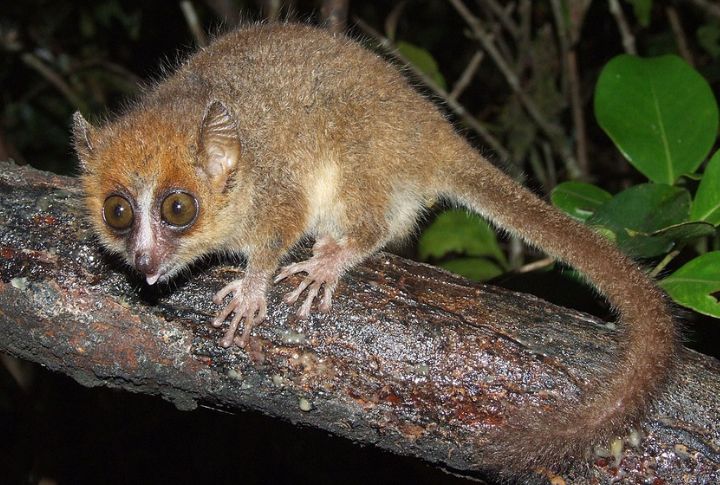
Size matters, especially when it’s about animals pushing the boundary of how small they can be. Evolution has whittled some species down to mere grams, yet left them packed with power and complexity. Curious to meet the 10 smallest mammals on Earth? Let’s discover some fascinating facts about their size and lifespan.
The Etruscan Shrew
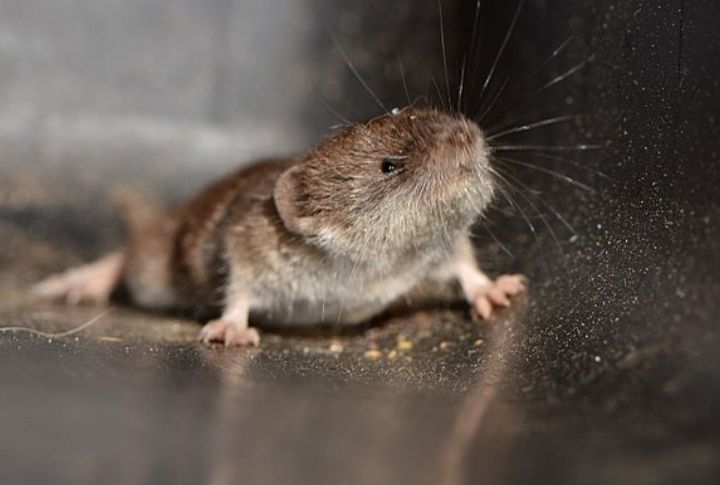
This creature is lighter than a dime and hunts nonstop to stay alive. Measuring just 1.8 inches and weighing 1.8 grams, this mammal consumes double its body weight in insects daily. With a lifespan of about 15 months, its heart pounds at 1,500 beats per minute.
Kitti’s Hog-Nosed Bat
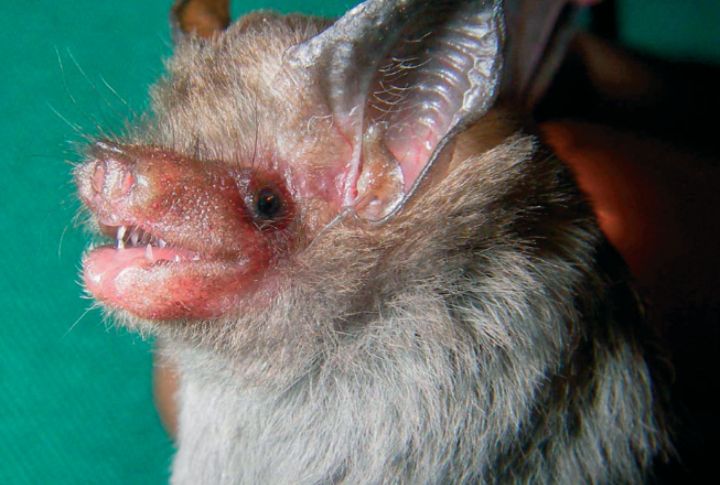
What fits in your palm, weighs 2 grams, and can fly? This bat, about 1.3 inches long, moves through limestone caves across Thailand and Myanmar. Often called the bumblebee bat, it’s also the world’s smallest mammal by skull length. In safe conditions, this bat may live for over a decade.
Baluchistan Pygmy Jerboa
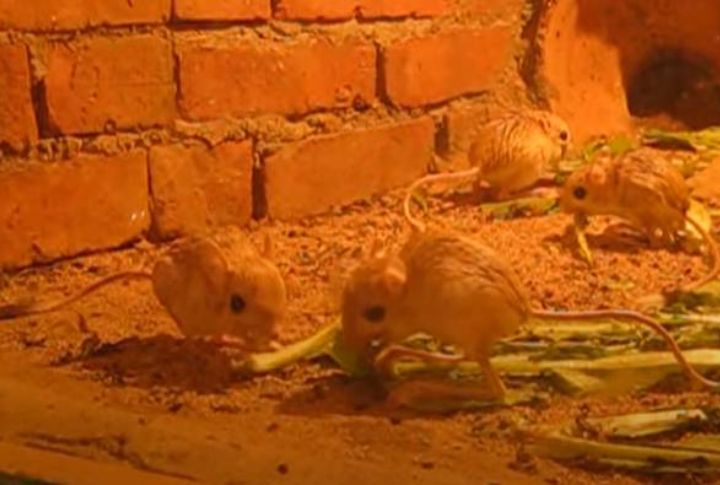
It hops like a kangaroo but fits on a paperclip. Mostly found in the deserts of Afghanistan, this 1.7-inch rodent weighs just 3.75 grams. Oversized legs power its bounces, while its average lifespan stays brief, typically around two to three years in the wild.
Feathertail Glider
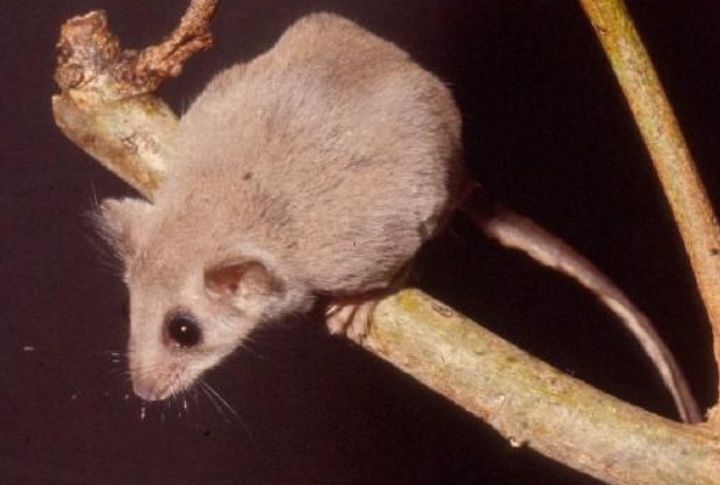
As the world’s smallest gliding mammal, it spans just 2.6 to 3.1 inches and weighs approximately 0.4 ounces. Native to eastern Australia, its feather-like tail aids in aerial navigation. Despite its size, it can glide up to 82 feet between trees.
Long-Tailed Planigale
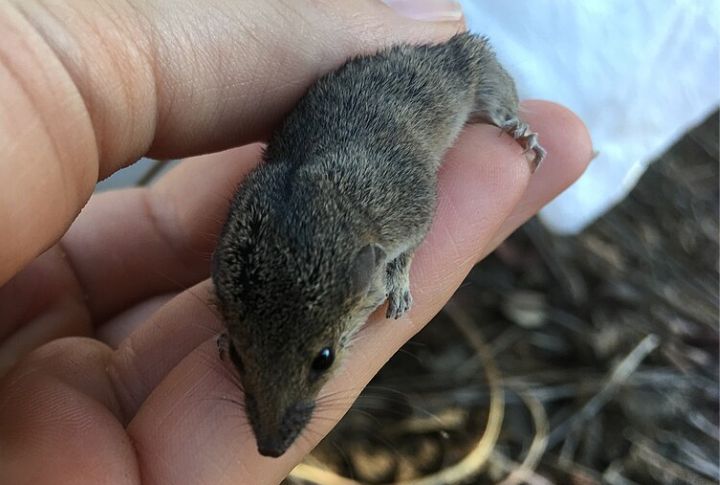
Australia hides this miniature marsupial in plain sight—beneath soil cracks. Measuring 2.4 inches from head to tail and weighing a mere 0.16 ounces, it has one of the flattest mammalian skulls ever recorded. Most of them die young, usually before reaching the two-year mark.
Pygmy Mouse Lemur
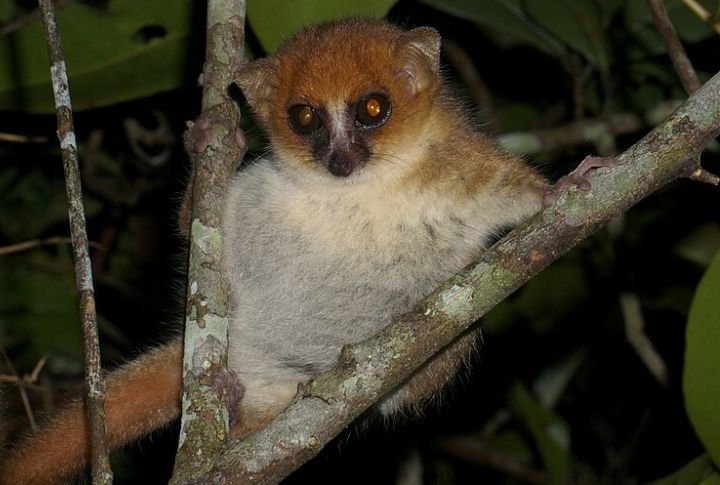
Madagascar’s forests cradle one of the world’s tiniest primates. The pygmy mouse lemur averages 7.8 inches, including its tail, and weighs only around 1.7 ounces. Wide eyes aid its nightly acrobatics among trees. In the wild, they survive up to six years—but in captivity, they can live for nearly twice as long.
Narrow-Nosed Planigale
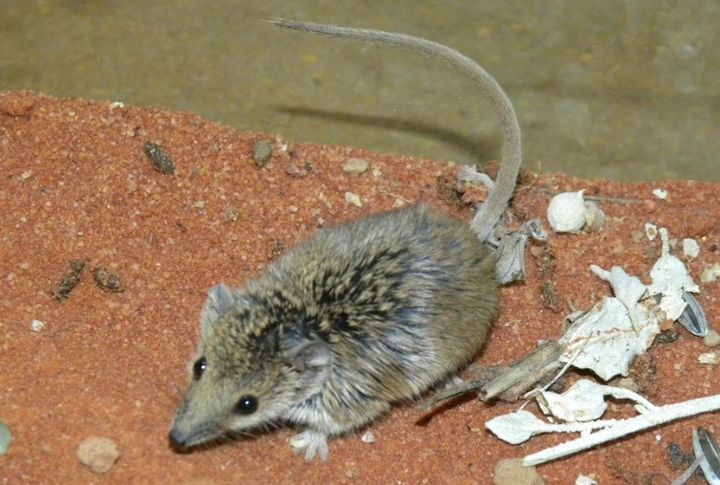
This tiny mammal has one of the smallest skulls on Earth—just 0.1 inches thick. Measuring only 2.3 inches and weighing a mere 4 grams, it darts through Australia’s grasslands with astonishing agility. Most live less than 18 months, especially when droughts further strain their already vulnerable habitat.
African Pygmy Mouse
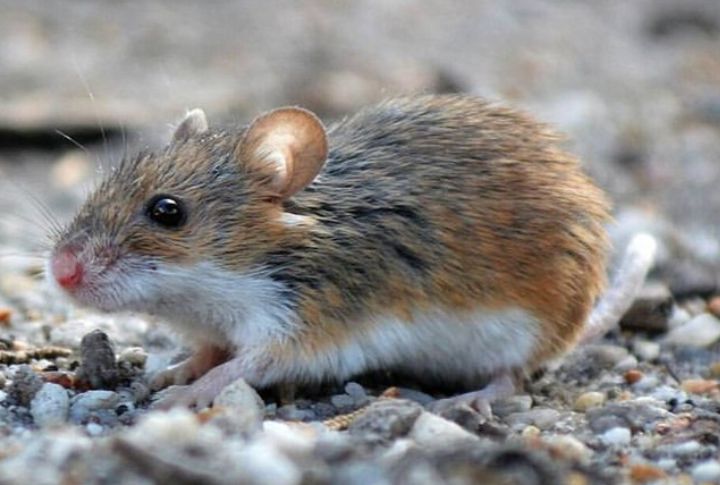
At just 1.2 to 3.1 inches long and weighing as little as 0.18 ounces, this sub-Saharan native ranks among the world’s smallest mammals. It’s known for clever behaviors, like stacking pebbles to collect dew for drinking. Most live between one and two years.
Pygmy Shrew Tenrec
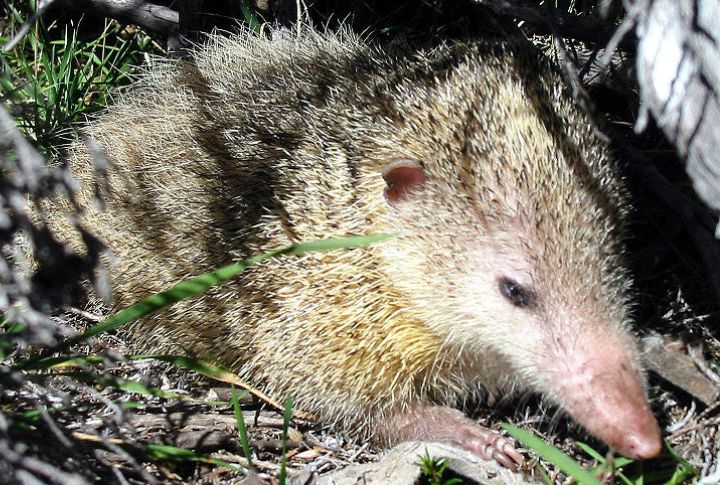
Blending traits of both shrews and hedgehogs, this one’s unique to Madagascar. The Pygmy Shrew Tenrec grows up to 3.1 inches long and weighs about 4.5 grams. It hunts insects beneath leaf litter and typically lives two to three years in the island’s dense tropical forests.
Brown Antechinus

Found in eastern Australia, this small marsupial measures about 3.7 inches and weighs approximately 0.56 ounces. Notably, male antechinuses have a unique mating season, where they spend all their energy and die shortly after. It’s a dramatic, one-time breeding trait that’s uncommon in mammals.
